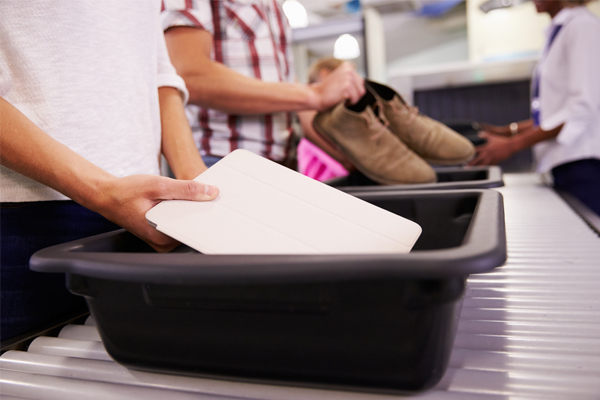UK airports are preparing for the integration of advanced security scanners, which will change how passengers move through checkpoints.
Despite the extended timeline, this initiative aims to improve travel efficiency without compromising security.
The implementation of advanced security scanners at major UK airports is facing delays, impacting the expected timeline for lifting the 100ml liquid restriction on hand luggage. Initially set for June 2024, the new date will extend into 2025, affecting airports like Heathrow, Gatwick, and Manchester. These scanners, which offer 3D imagery of baggage contents, have already been adopted in some locations, but full integration is not yet complete.
Integrating the new scanners involves significant logistical hurdles. Airports must accommodate the equipment’s substantial weight, requiring modifications such as floor strengthening and new elevator installations. Additionally, staff training on the new technology is crucial, adding another layer of complexity to the rollout.
Passengers are advised to remain prepared for existing security protocols. Despite advancements, passengers must still remove liquids and electronics for security checks. This requirement is expected to persist for the foreseeable future, emphasising the importance of awareness among travellers about destination-specific regulations.
Initial deadlines for these changes have frequently been postponed. A 2013 goal set by the European Commission was not met due to technological limitations and varied international regulations. These challenges highlight the complexity of synchronising global security standards.
An aviation expert noted, “These scanners are first-rate, significantly easing the pressure on security areas and speeding up passenger flow.” Nevertheless, they stressed that “whole terminals need to be equipped before changing restrictions,” underscoring the logistical challenges involved in this transition.
Airports must also consider external factors, such as evolving threat landscapes and technological advancements, to maintain robust security protocols. This dynamic environment requires continuous adaptation and forward-thinking strategies from both airlines and airport operators.
Unfulfilled expectations due to the delayed deployment of new security technology underline the importance of flexibility in aviation planning. As airports prepare for these advancements, maintaining passenger safety remains the top priority. Industry stakeholders are focused on balancing timely implementation with the necessary precautions and preparations.
The delayed implementation of new scanners underlines the complexities facing the aviation sector.
While these changes promise to eventually streamline security protocols, the transition mandates patience and cooperation from all involved parties.

